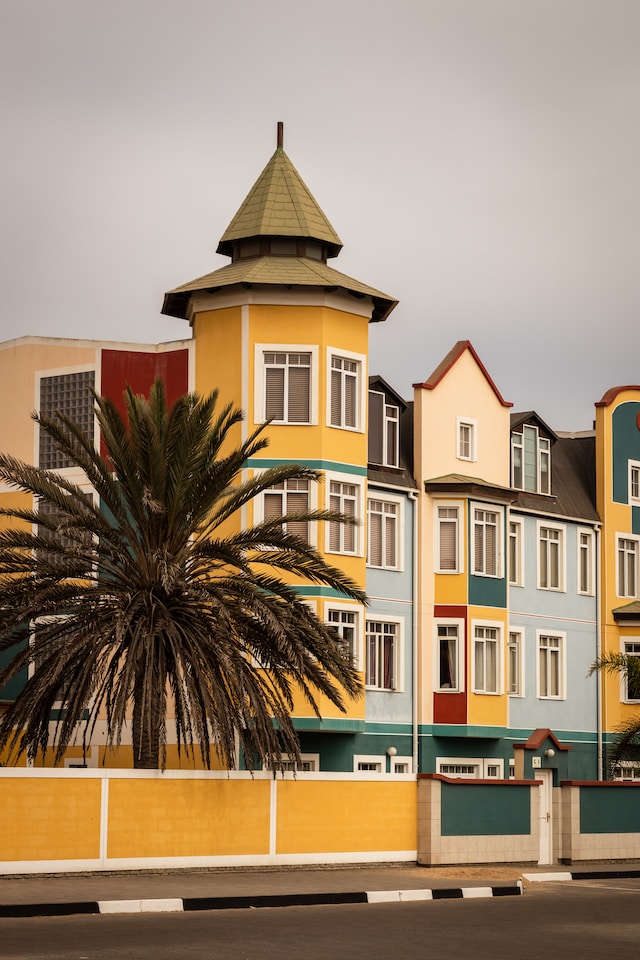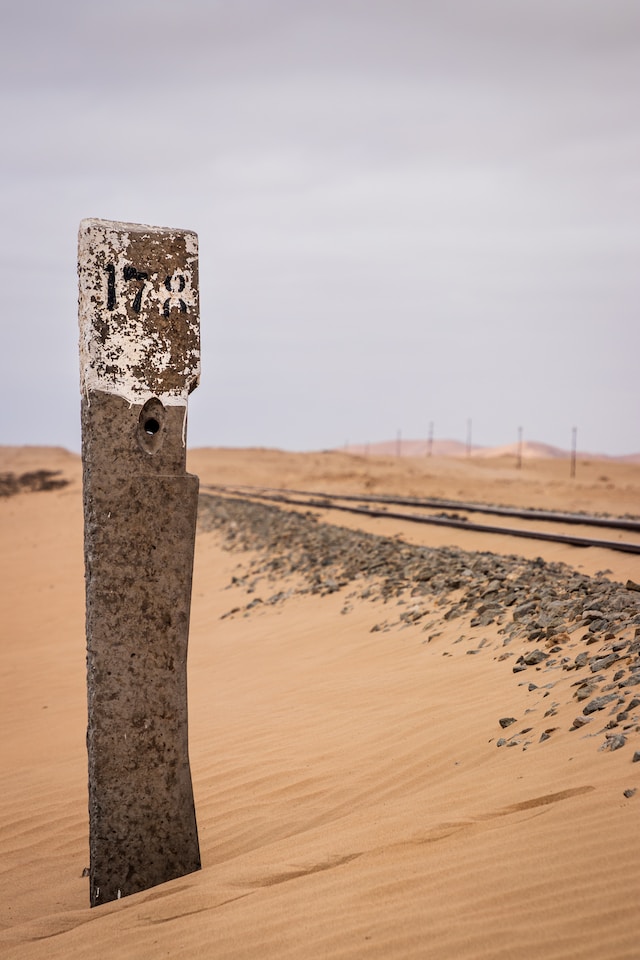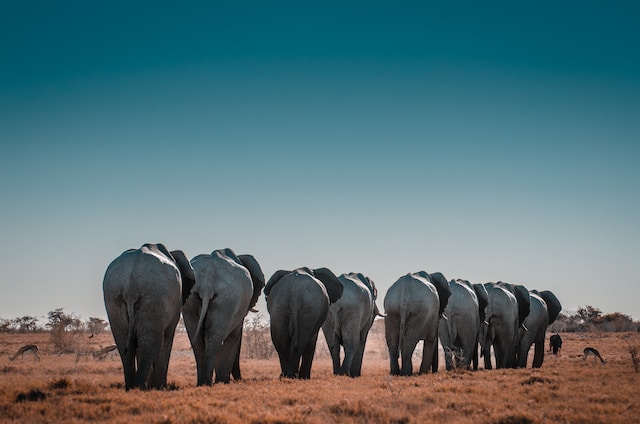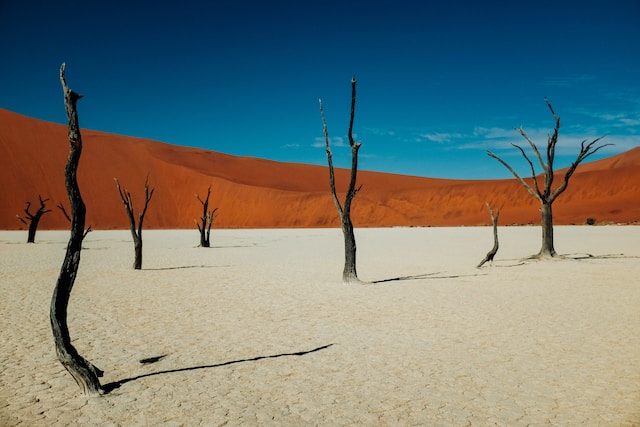Visit Namibia
The second-most sparsely populated country on earth (after Mongolia) is a contradiction.
The second-most sparsely populated country on earth (after Mongolia) is a contradiction. Here in Namibia with its vast open spaces and crowded craft markets, wild antelope roam the land and modern roads export diamonds to the world.
Namibia is situated just north of South Africa, wedged between the chilly South Atlantic ocean, Angola and Botswana, just touching a piece of Zambia in the far north.
Along the Skeleton Coast in the west stretches the Namib desert with its huge red dunes and the Sossusvlei oasis. In the east the huge Kgalagadi Transfrontier Park spans across three countries.
The huge Orange River forms the southern border with South Africa. The South is a natural lover’s paradise with its barren landscape of desert, Ai Ais hot springs and the Fish River Canyon, popular with hikers.
The Northern part of the country is where the majority of the population live and here the climate is more tropical and humid.
Here is Etosha, at 22 000 m2, Africa’s largest game park and home to more than 110 mammal and 340 bird species.
Only 2 million people live in Namibia – around 2.5 people per square km. Windhoek with almost 10% of the population is die capital and the gateway to the world with its university, international airport and business hub.
In Namibia the ancient lives next to the modern. Tribes still cling to tradition as the Herero women proudly wear their colourful traditional headdress. Wide roads lead inland, to luxury lodges and small towns.
German and Afrikaans is spoken by farmers and lawyers. It is a country of mixed cultures where the San, Afrikaner, Ovambo, Kavango, Herero, Khoi en European live proud.
Namibia is a peaceful country where farming, mining and tourism provide the life blood that sustains this vast land.
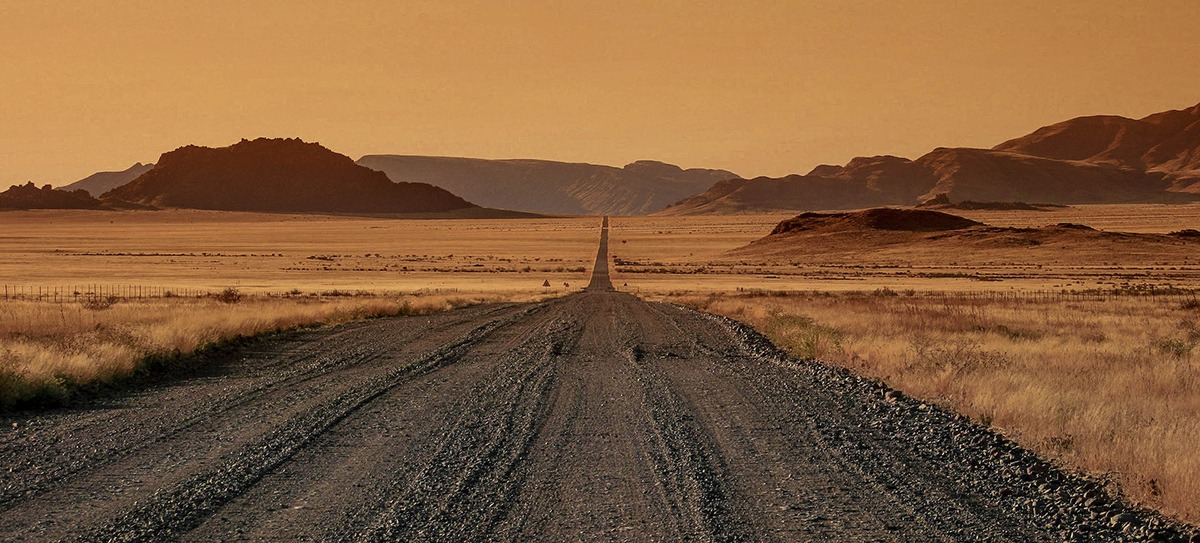
Facts about Namibia
- The official language is English, but Afrikaans and German are widely spoken.
- Namibian dollar is the official currency. 1N$ = 100 cents. Notes of N$10, N$20, N$50 and N$100 are in circulation.
- The majority (about 50%) of the Namibian population is black African – mostly of the Ovambo tribe.
- There are 6.2 telephone lines per 100 inhabitants.
- The country was colonized by Germany in 1884.
- After democratic elections in 1989 Namibia gained independence from South Africa in 1990.
- The highest point is the Brandberg at 2 606 metres.
- Mining accounts for 20% of the GDP. Namibia is the world's fifth largest producer of uranium.
- The first rail line was opened in 1895 from Cape Cross to Swakopmund for the transport of guano.
- Tapwater is purified and safe to drink.
- Electrical Appliances all run on 220/240 volts.
- The doctor/patient ratio is currently 1 to 7000.
Entry Requirements
- A valid passport is required to enter Namibia.
- Visas are not needed for nationals from Angola, Austria, Belgium, Botswana, Canada, Germany, Luxembourg, France, Italy, Ireland, Japan, Liechtenstein, Mozambique, the Netherlands, the Nordic countries, Russia, Singapore, Malaysia, Australia, New Zealand, Spain, Portugal, South-Africa, the United Kingdom, the USA, Zambia and Zimbabwe.
- Tourists can stay for 90 days.
Visas are obtained from the Ministry of Home Affairs, Private Bag 13200 in Windhoek, at Namibian Embassies and at Namibia tourist offices in Johannesburg and Cape Town. High Commission of the Republic of Namibia offices are in Pretoria and can be reached on:
Tel: +27-12-4819100
Email: secretary@namibia.org.za
A useful website to check the operating hours of Namibian border posts can be found at:
http://www.map-of-namibia.com/borderpost-maps.html
No pork products of any kind are allowed into Namibia. Other meats up to 25 kg per person (older than 12 years) are allowed without import permit or veterinary health certificate. For enquiries contact the permits office on + 264 61 208 7503/ 2087547 or email Dr Bamhare at bamharec@mawrd.gov.na
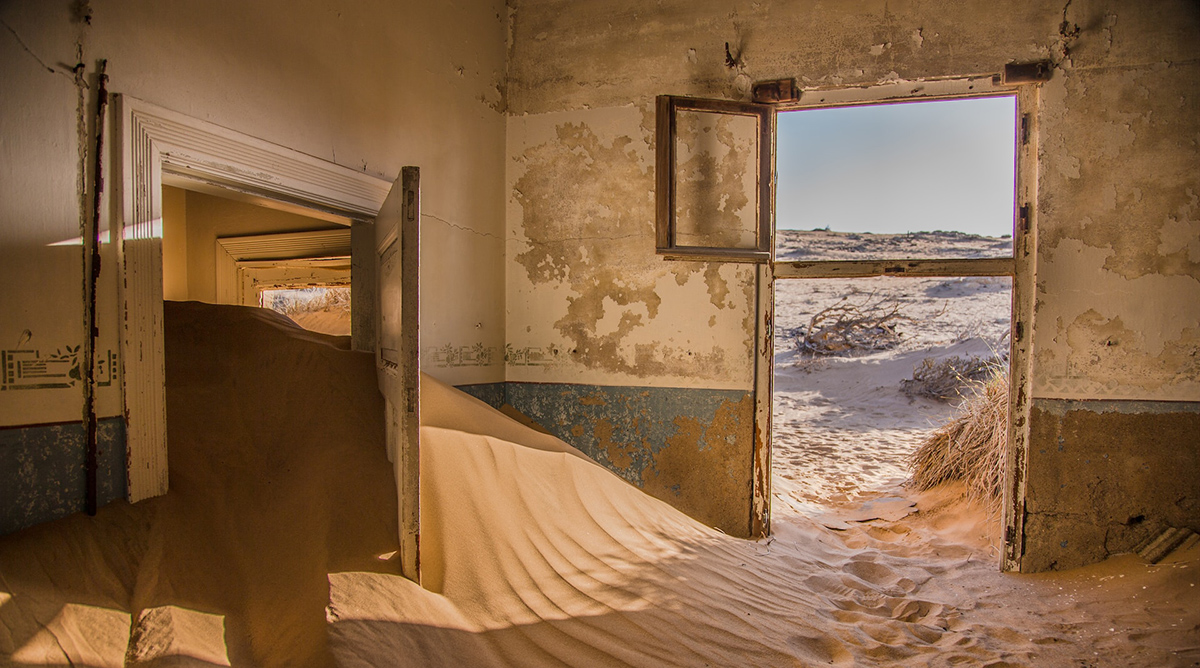
Climate
-
Namibia has typical semi-desert weather with hot days and cool nights with about 300 days of sunshine a year.
-
Midsummer temperatures can rise to over 40°C.
-
Winter days are warm but dawn temperatures may drop to freezing.
-
Humidity is generally very low in most parts of Namibia, but can reach as high as 80% in the extreme north during summer. The coast is influenced by the cold Benguela current and a relatively stable range of 15˚C - 25˚C. Here it is cool with low rainfall and fog.
-
The rainy season is from October to April and varies from 50 mm along the coast to 700 mm in the Caprivi strip in the north.
-
Be careful when crossing or camping in riverbeds during the rainy season, as flash foods are common.
What to pack
Cotton clothing for summer and a warm sweater during winter is recommended. Remember to pack comfortable walking shoes, swimsuits, binoculars, sun hats and sunglasses. You will need sun lotion with ahigh SPF, mosquito repellent and battery-operated or conventional razors when visiting remote areas.
Also bring a good moisturiser and lip balm, camera and a list of emergency numbers.
Money matters
1 Namibian Dollar (N$) = 1 South African Rand (R). South African notes and coins are also legal tender.
Most major foreign currencies and traveler's cheques can be exchanged. International credit cards such as Visa, Master Card, American Express and Diners Club are generally accepted, but not at petrol stations. When paying keep the card in view and check your statement. Do not change large sums of money in busy public areas.
Banks are open on weekdays from 09:00 to 15:30 and on Saturdays 08:30 to 10:30, but closed on Sundays and public holidays.
Driving Tips
In Namibia one drives on the left side of the road. The speed limit is 60 km/h in built up areas and 120 km/h on open roads. Reduce speed when driving on gravel roads.
Slow speeds are essential at night when wild animals can be crossing roads and are dazzled by headlights.
Overseas visitors intending to drive in Namibia must carry a valid international driving license.
Language
The official language is English and all documents, notices and public signs are in this language. German and Afrikaans are also used and there are numerous African languages. Bantu and Khoisan are the two main language groups.
Medical
There are private hospitals in Windhoek, Tsumeb, Otjiwarongo, Walvis Bay and Swakopmund.
Well-equipped clinics with professional staff service the smaller towns and villages.
Travel insurance covering baggage and valuables plus accidents are recommended.
A yellow fever vaccination certificate is required from travellers coming from countries with risk of yellow fever transmission. Malaria risk exists throughout the year along the Kunene river and in Caprivi and Kavango regions. Contact your doctor for the right prescription when visiting the northern parts of Namibia.
Competent assistance by ambulance or ambulance plane is offered by International SOS’s 24 hour emergency service on
Tel: +264(0)61230505
Emergency numbers
From cellphone 112
From landline 081112
Police 10111
Ambulance (Windhoek) 061-211111 or 061-2032270
MRI MRI Medrescue Intl 061-230505
Aeromed Namibia 061-249777
Windhoek Fire Brigade 061-211111


